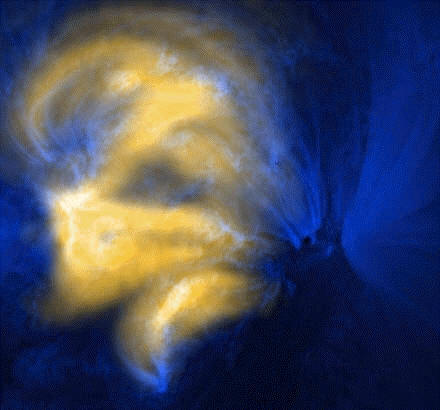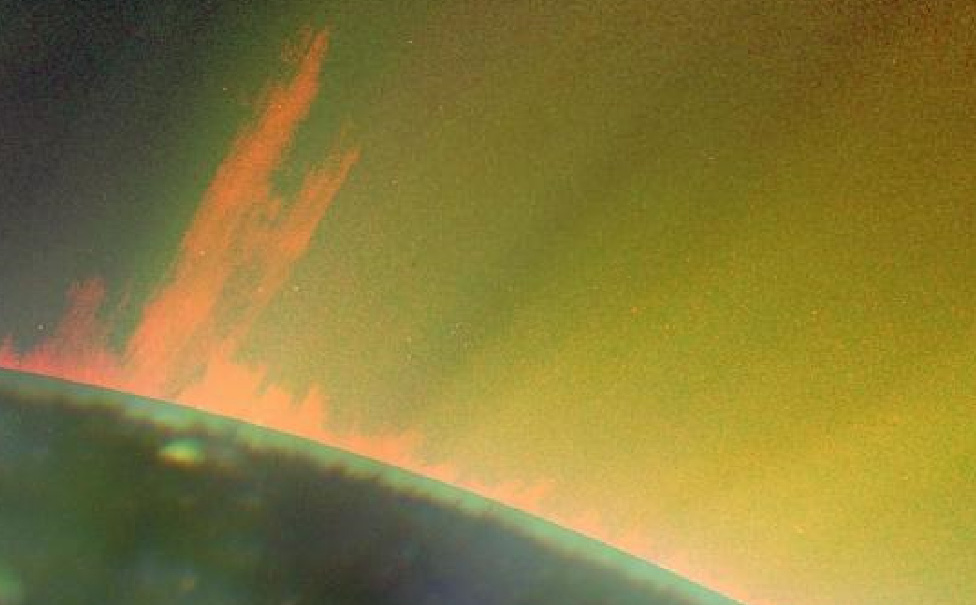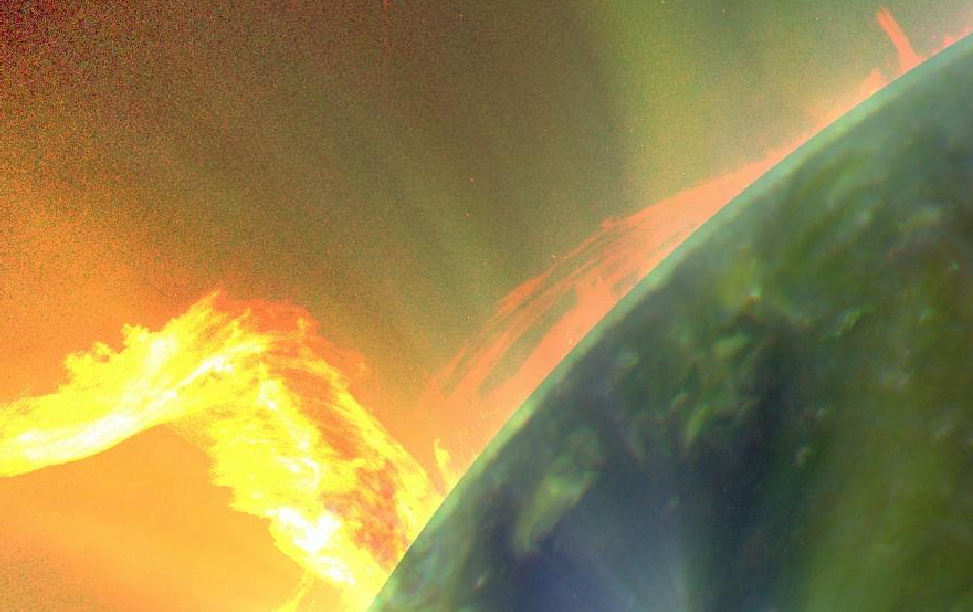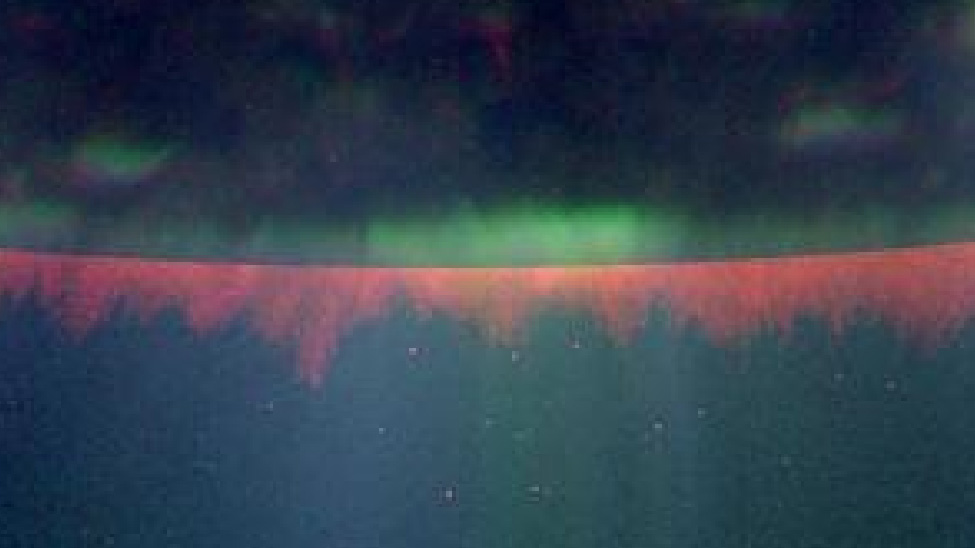There are however bright areas in any high energy image of the sun (even lower energy images), so forget your claim about the sun being a "black body". Honestly RC, why are you even engaged in this conversation? You are not interested in an *honest* scientific debate or you would have picked up a book on plasma physics over the past 7 years while you've played "PC hater"! In the two years you've stalked me around the internet you've never bothered to do it. You certainly are not interested in *learning* anything about the topic of solar physics or plasma physics.
Evidently you have no appreciation at all that a plasma need not be a black body.
It's not a "black body" in any true sense of the word. It's "treated" that way in overly simplistic math formulas as such, but the sun definitely does not act like a "black body". What LMSAL 'should be' noticing is that the sun's coronal loops come up and through the surface of the photosphere, leaving "bright points" at it's "footprints" on that particular surface. It also leaves N/S magnetic field alignments that directly relate to the flow of current through those loops. Only the *largest* loops go up through the photosphere, which is why only the largest loops leave "footprints" on the surface of the photosphere in 1700A and to a lesser extent, 1600A images.
The spectrum from the photosphere is quite close to a black body spectrum.
No, it's not. "Roughly" an average temperature, but the coronal loops leave bright regions on that surface and the convection process itself does generate *some* amount of temperature variation. Sunspots are areas of *extreme* variation in temperatures, sometimes *thousands* of degrees Kelvin.
Light from the transition region, e.t.c. though is dominated by emission lines.
It's dominated by emission lines in the Neon +4 spectrum. It's dominated by "white light" due to impurities in that Neon, and the amount of current flowing trough that layer.
The fact the background is dark in most images in both Trace and Yohkoh satellites means the background is not emitting light that the specific passband used for those images is allowing through.
True. The bright regions are plasma loops in the *millions* of degree range that are sustained that those temperatures by powerful currents.
The Yohkoh images will have dark backgrounds because Yohkoh detects x-rays.
True again. Yohkoh was more sensitive to the *higher* energy spectrum (than SOHO). There are overlay images on my website showing where the loops come up and through the photosphere and "light up' in the Yohkoh images.
The yellow part of that images is the Yohkoh view of the sun, and the blue areas are from Trace in 171A. The loops are visible to Yohkoh only after they exit the photosphere, whereas the 171A images descend considerably further into the solar atmosphere.
The TRACE white light images have bright backgrounds. Ditto for the 1216 A passband.
Those are both "lower" energy wavelengths and are not related to the electrical discharges that generate coronal loops and million degree plasma.

 !
!



